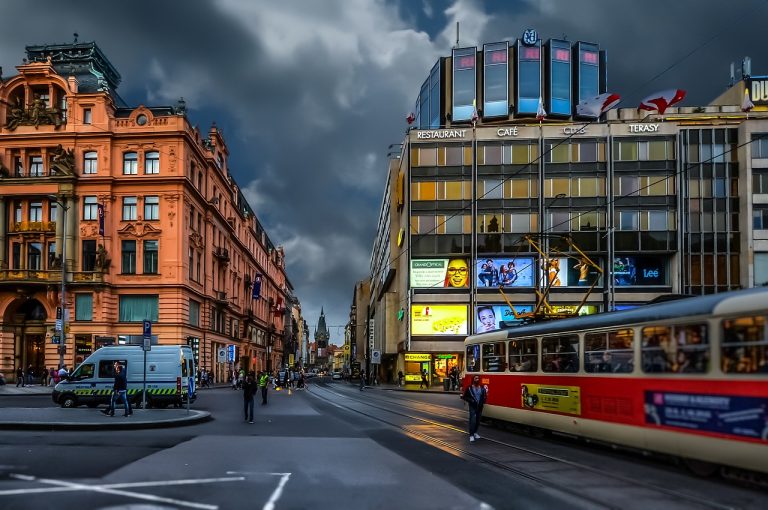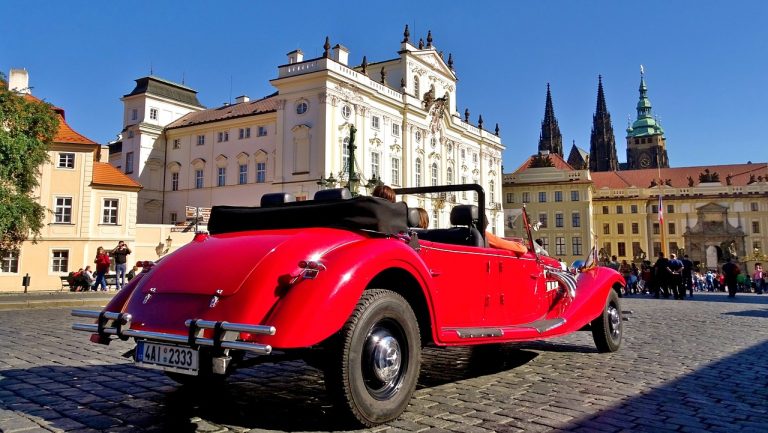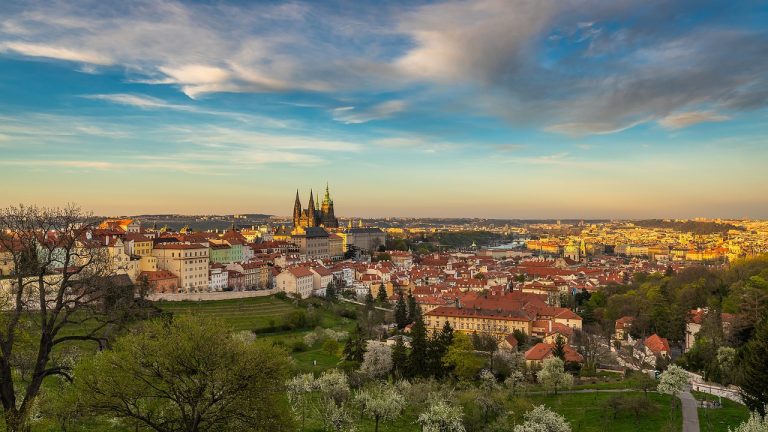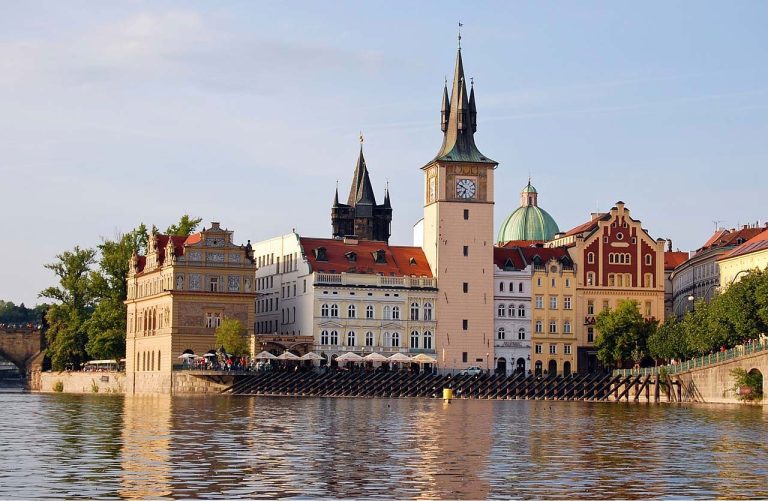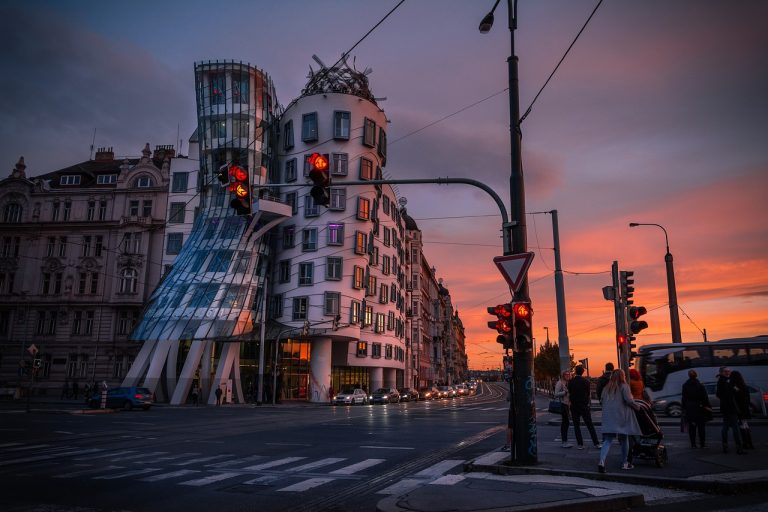Prague Czech Republic Video
The Cultural Evolution of Prague Czech Republic
Prague, the capital city of the Czech Republic, is a fascinating destination with a rich cultural heritage. Over the centuries, Prague has undergone significant cultural evolution, shaping it into the vibrant and diverse city it is today. From its medieval beginnings to the modern era, Prague has embraced various influences and transformed into a cultural hub that attracts visitors from around the world. This article explores the cultural evolution of Prague, highlighting key aspects that have contributed to its unique identity.
Medieval Origins
- Prague Castle: The iconic Prague Castle, founded in the 9th century, is one of the largest ancient castles in the world. It served as the residence of Czech kings, Holy Roman Emperors, and presidents. The castle complex showcases a mix of architectural styles, including Romanesque, Gothic, and Baroque.
- Charles Bridge: Built in the 14th century, the Charles Bridge is a masterpiece of medieval engineering. This historic bridge connects the Old Town with the Lesser Town and offers breathtaking views of the Vltava River. Adorned with statues of saints, the bridge is a popular spot for locals and tourists alike.
- Old Town Square: The heart of Prague’s Old Town, the Old Town Square is surrounded by stunning historical buildings. The Gothic-style Old Town Hall, with its famous astronomical clock, is a prominent feature. The square also hosts vibrant markets, festivals, and cultural events throughout the year.
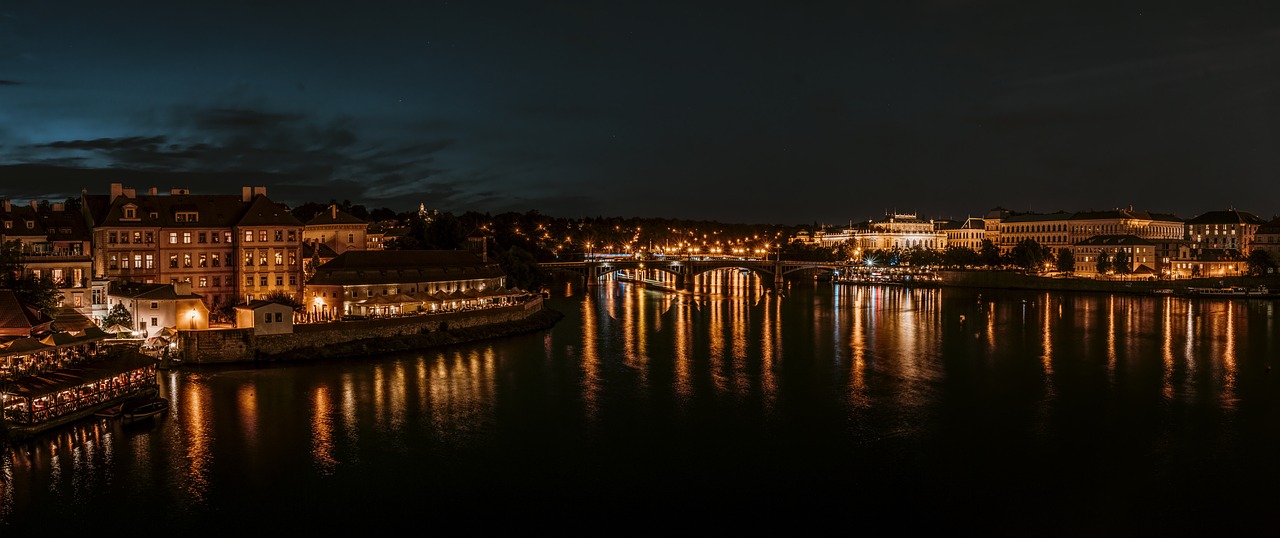
Renaissance and Baroque Influences
- St. Vitus Cathedral: Located within the Prague Castle complex, St. Vitus Cathedral is a masterpiece of Gothic architecture. Construction began in the 14th century and continued over several centuries. The cathedral houses stunning stained glass windows, intricate sculptures, and the tombs of Bohemian kings.
- Prague Astronomical Clock: The Prague Astronomical Clock, dating back to the 15th century, is a marvel of medieval engineering. Located on the Old Town Hall, it displays astronomical information and features an hourly show known as the “Procession of the Apostles.”
- Baroque Gardens: Prague is home to several beautiful Baroque gardens, such as the Royal Garden and Vrtba Garden. These meticulously landscaped spaces offer serene retreats in the heart of the city, with elegant statues, fountains, and vibrant floral displays.
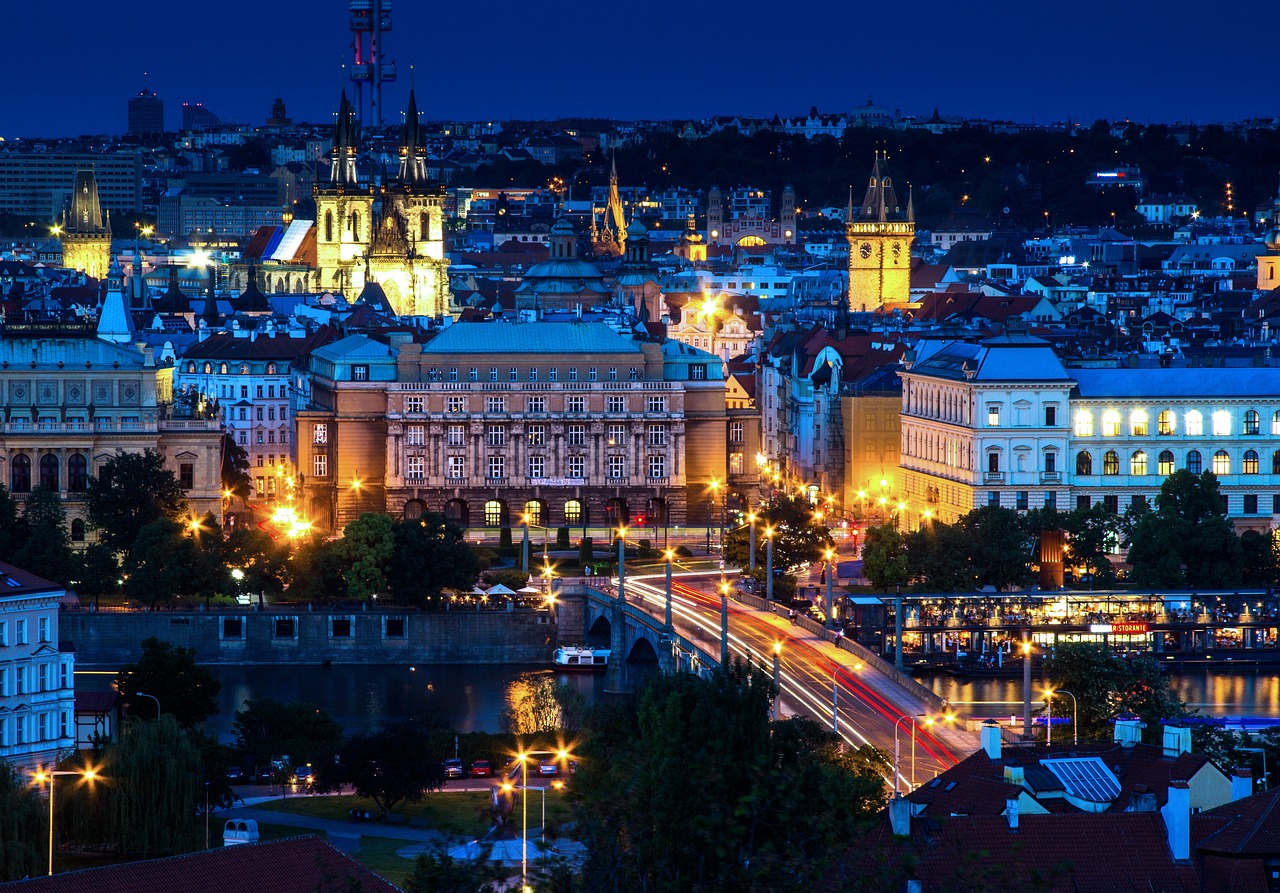
Art Nouveau and Cubist Movement
- Municipal House: The Municipal House is a prime example of Art Nouveau architecture in Prague. Built at the beginning of the 20th century, it serves as a cultural center and hosts concerts, exhibitions, and other artistic events.
- Cubist Architecture: Prague boasts a unique collection of Cubist buildings. The House of the Black Madonna, designed by Josef Gočár, is the first Cubist building in Prague and now houses the Czech Cubism Museum.
- Alfons Mucha: The renowned Czech artist, Alfons Mucha, played a significant role in the Art Nouveau movement. His iconic works, such as the Slav Epic and decorative panels, can be admired in the Mucha Museum.
Modern Cultural Revival
- Prague Spring Festival: The Prague Spring Festival is an internationally acclaimed music festival held annually since 1946. It attracts renowned musicians and orchestras from around the world, showcasing classical music performances.
- Dancing House: The Dancing House, designed by architects Vlado Milunić and Frank Gehry, is a modern architectural marvel. Its unconventional design represents a dancing couple and has become an iconic symbol of Prague’s modernization.
- Contemporary Art Galleries: Prague has a thriving contemporary art scene with numerous galleries showcasing local and international artists. The DOX Centre for Contemporary Art and MeetFactory are among the prominent venues.

Conclusion
Prague’s cultural evolution is a testament to its rich history and openness to artistic influences. From its medieval origins to the modern era, the city has embraced various architectural styles, artistic movements, and cultural events. Visitors to Prague can immerse themselves in its vibrant cultural scene, exploring ancient castles, historic squares, and contemporary art galleries. The city’s unique blend of the old and the new creates a captivating atmosphere that continues to attract tourists and artists alike.
References
– Prague.eu
– Prague City Tourism
– Prague Castle
– Charles Bridge
– Old Town Square
– St. Vitus Cathedral
– Prague Astronomical Clock
– Municipal House
– Czech Cubism Museum
– Mucha Museum
– Prague Spring Festival
– Dancing House
– DOX Centre for Contemporary Art
– MeetFactory


